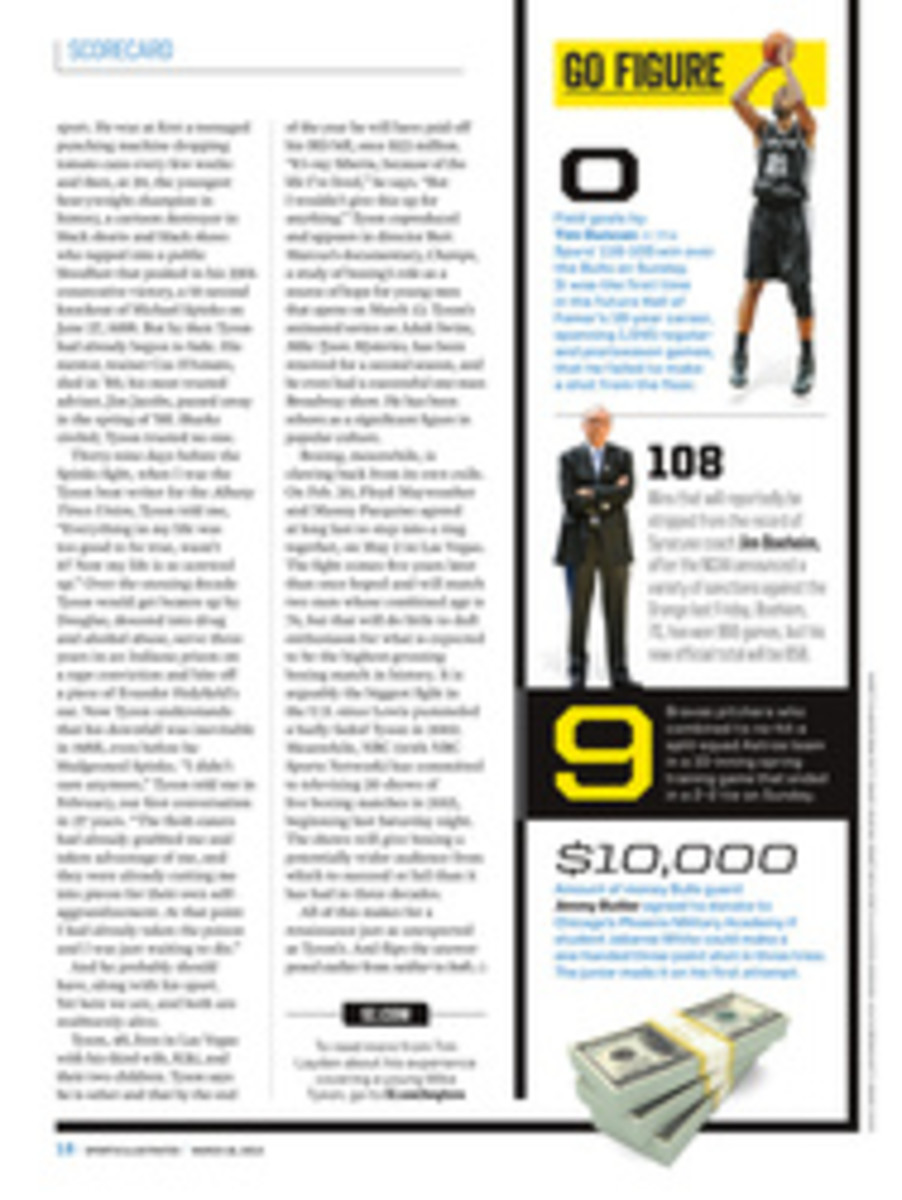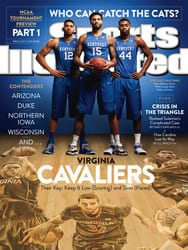
Rookie Rehab
IT BEGAN AS a standard fast break: a missed shot, a quick rebound and a sprint toward the rim at the opposite end of the court. It ended unexpectedly, with Bucks rookie Jabari Parker clutching his left knee as he lay on the floor.
The No. 2 pick in last summer's draft was playing in his 25th NBA game when he suffered that season-ending ACL tear on Dec. 15. But after his quick transition to the pros following a brief, 35-game college career at Duke, Parker and the Milwaukee training staff saw the injury not as a setback but as a chance to take the time to reconstruct the 19-year-old's 6'8", 240-pound body with durability and longevity in mind.
"Jabari was able to realize he had an opportunity to change a lot of things that will make him better in the future," says Bucks' head athletic trainer Scott Barthlama. "Now we are concentrating on correcting bad movement patterns and rebuilding him from the ground up."
Parker, who had surgery on Jan. 5, began his rehab last month with exercises that strengthen his knees and hip, gluteus and core muscles. The primary focus, though, is on increasing his overall stability. "You can't fire a canon out of a canoe," says Barthlama, referring to the need for Parker to be balanced before he generates any power. "By being able to contract his core first, he can be much more efficient in his movement patterns."
The concept behind Parker's sessions is proximal to distal movement, meaning the muscles closest to the center of his body (the core) should activate before those farthest away (such as the hands or feet). By tightening his abs first, Barthlama says, Parker will become more balanced and less likely to be pushed around on the court.
Parker is aware that his natural talents have carried him this far in his young career. But the small forward, who is expected to be back on the court early next season, says that in addition to the core-strengthening program, he's following a structured nutrition plan to elevate his game even higher.
"When I was in high school and college, I got a glimpse of how I needed to train," Parker says. "Now it's all come full circle—my performance needs to be high and time is the enemy, so I need to be as efficient and effective as possible."
EDGE
Presented by edge
Parker's Road to Recovery
For more athlete training profiles and tips, go to SI.com/trainingwith
Strengthening
Medicine balls and kettlebells allow Parker to emphasize his core while he builds strength through simultaneous movements.
Scheduling
Parker's diet, which is now higher in protein and nutrients, is scaled to his activity level, and meal timing is crucial. He's also drinking more water for optimal hydration.
Stabilizing
Resistance bands help Parker work on static and dynamic balance and train his hips to work in conjunction with his leg muscles.
PHOTO
DENNIS LEUPOLD/GATORADE
THREE ILLUSTRATIONS

